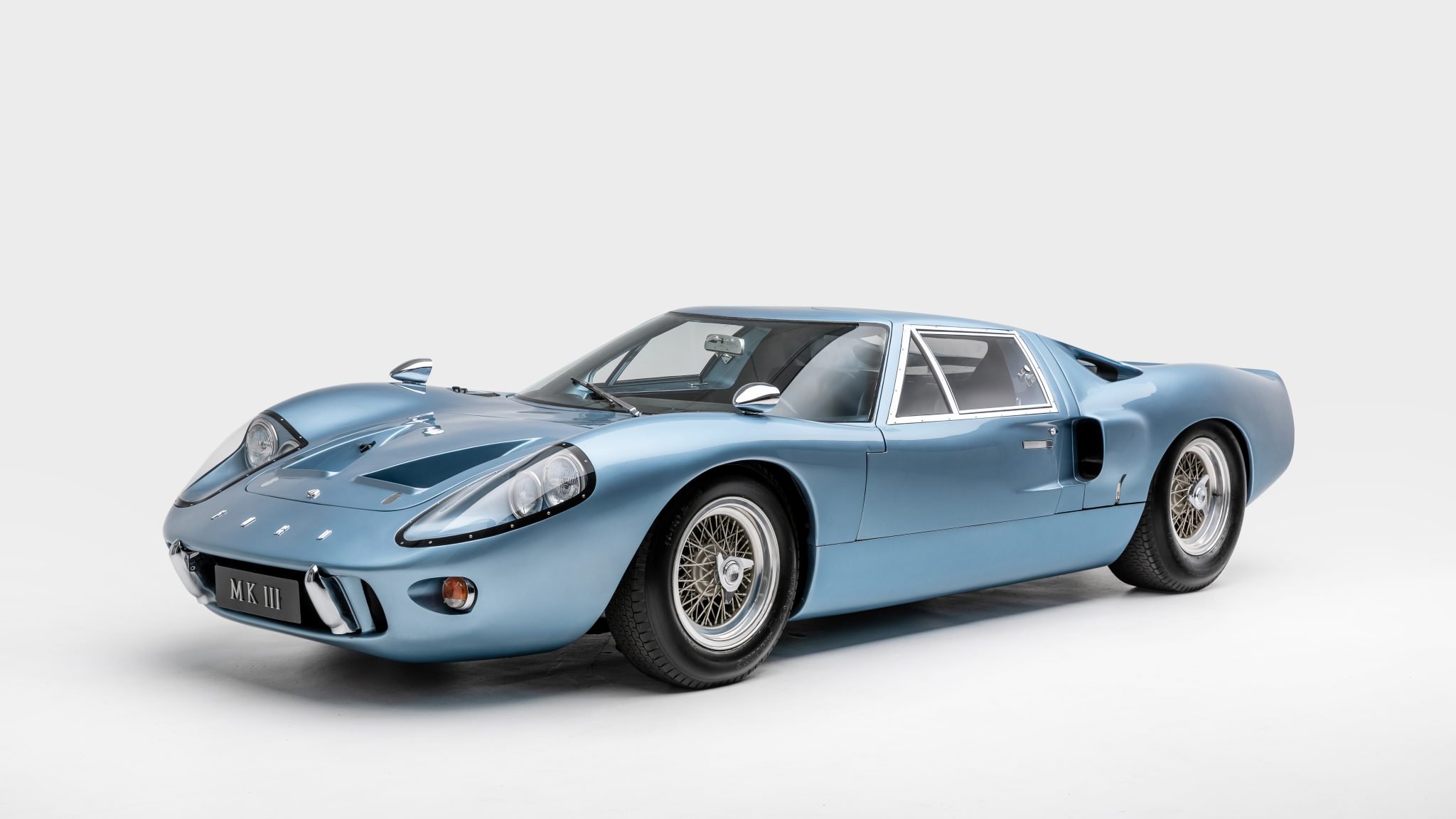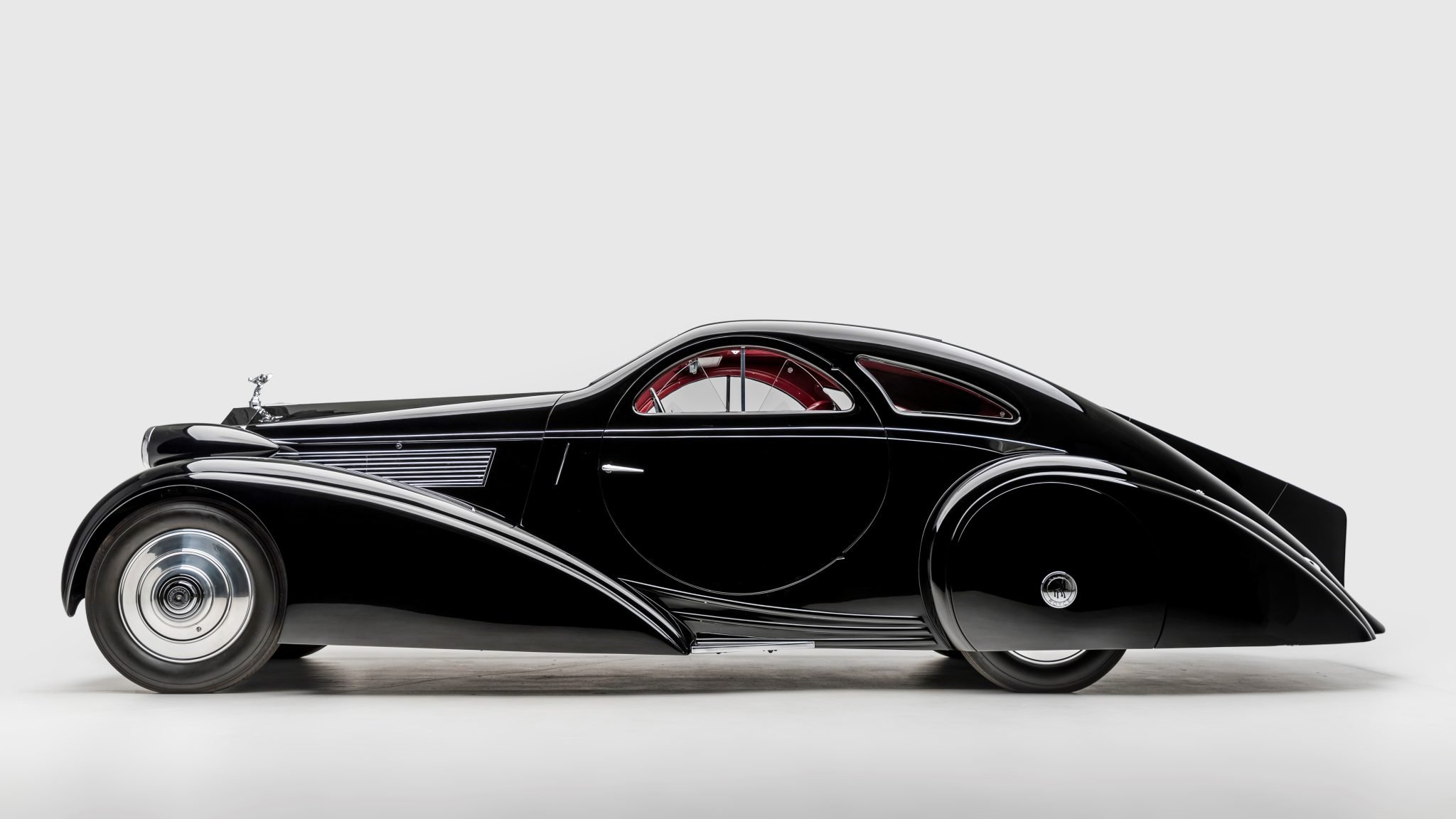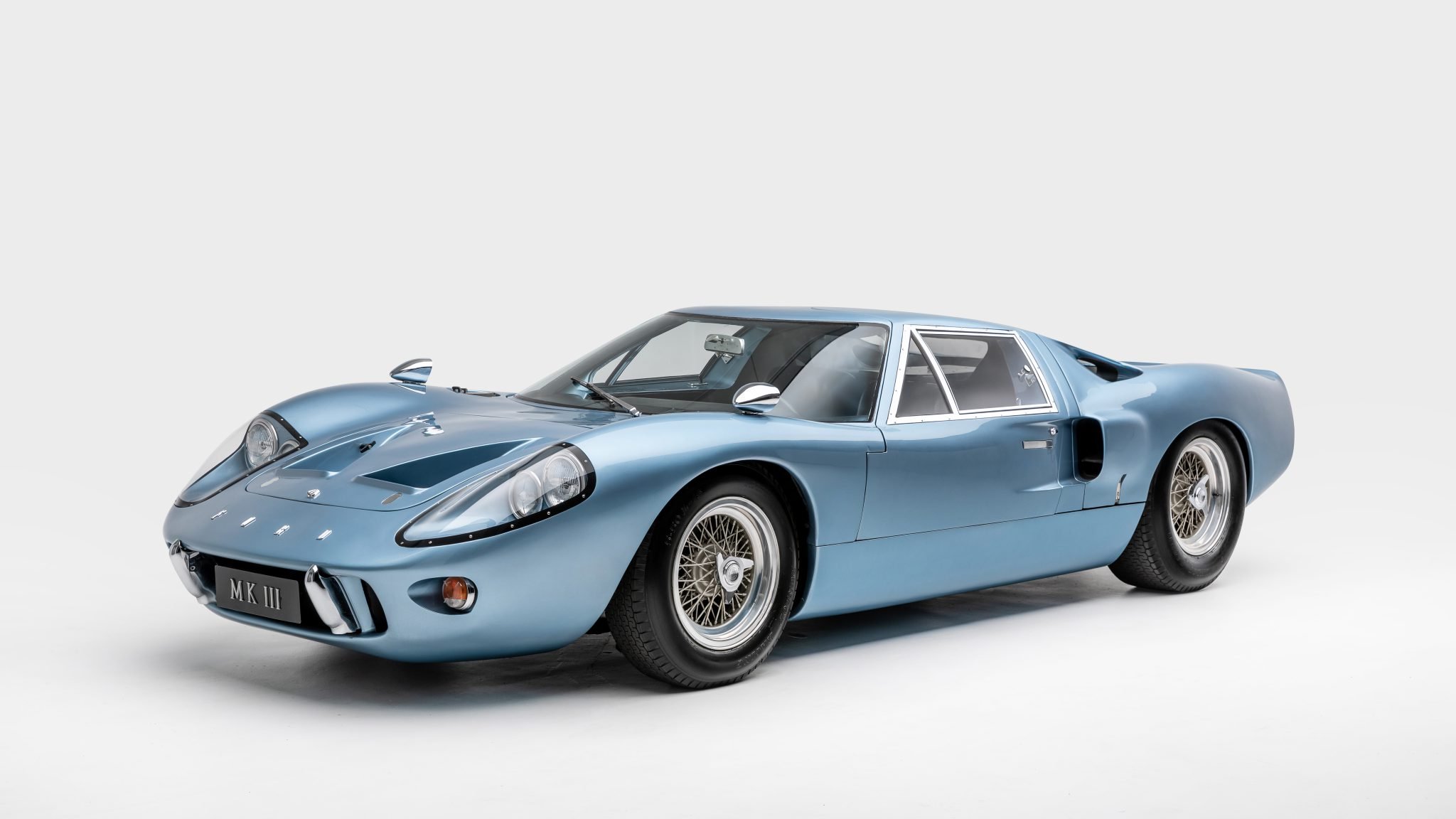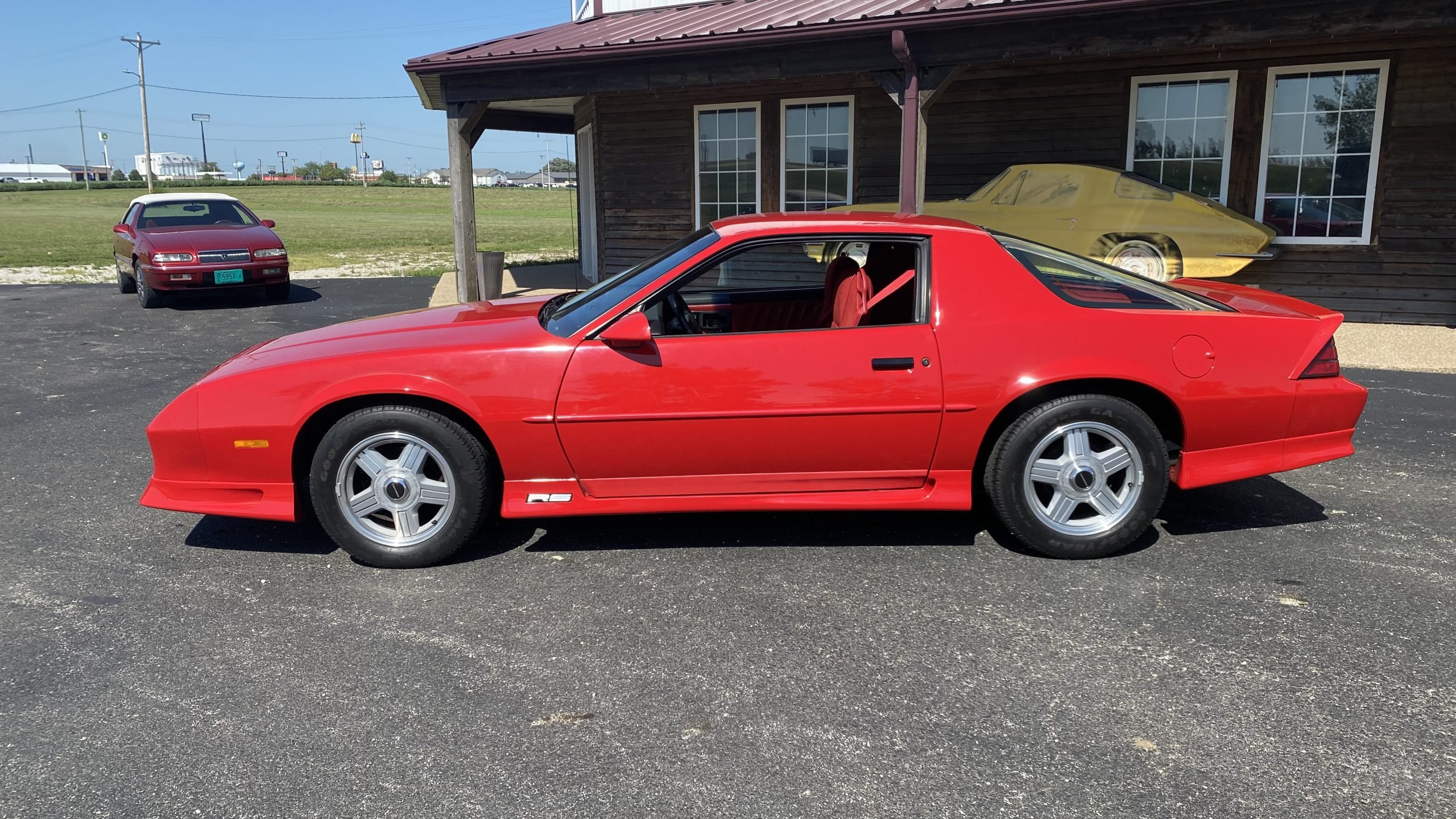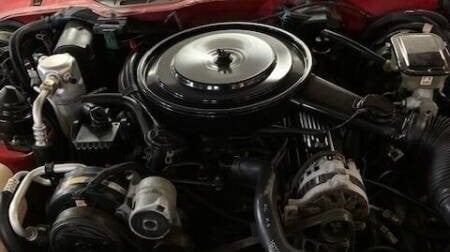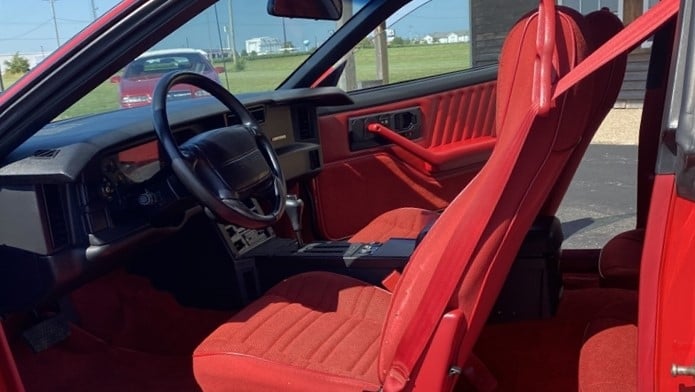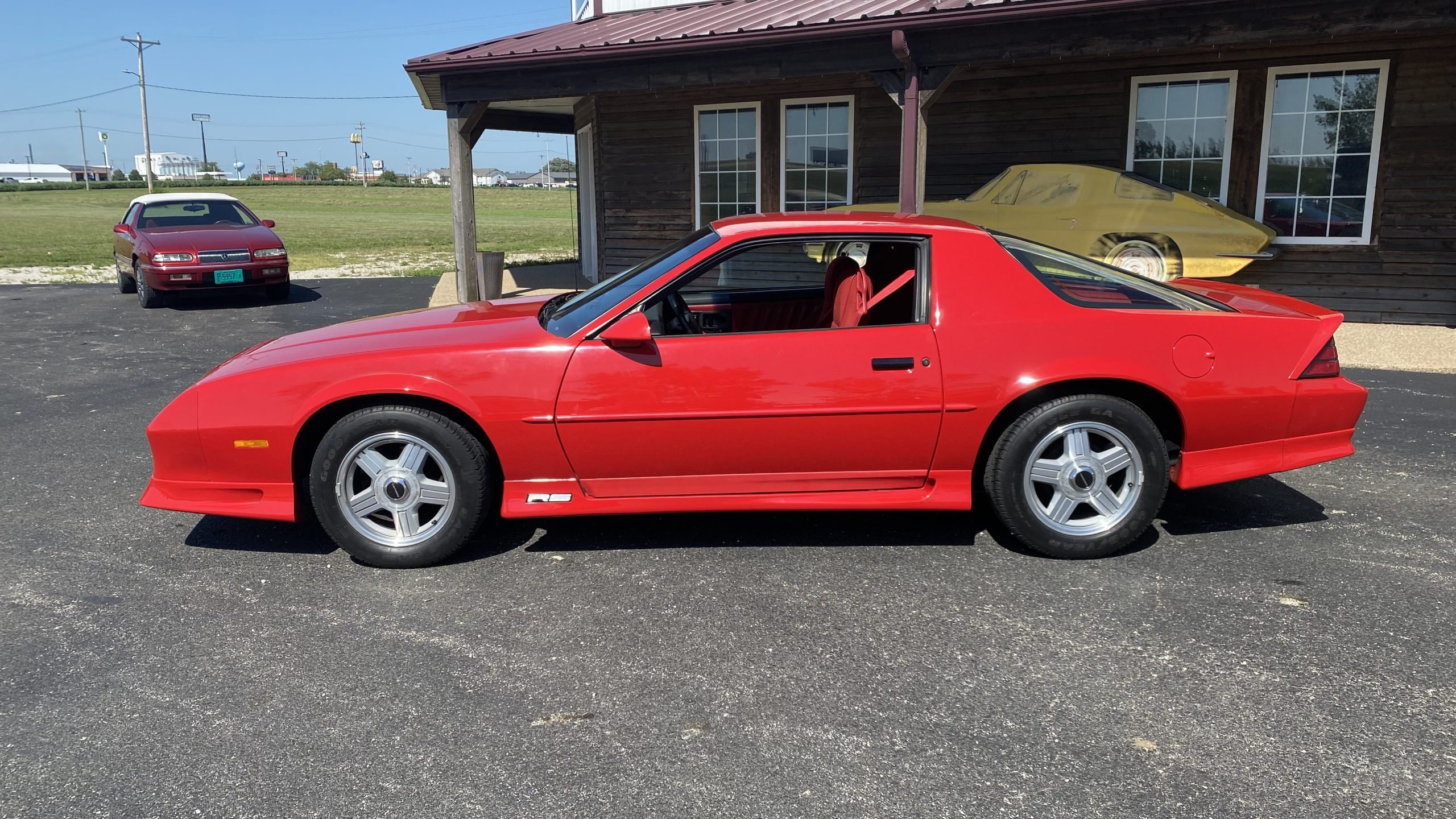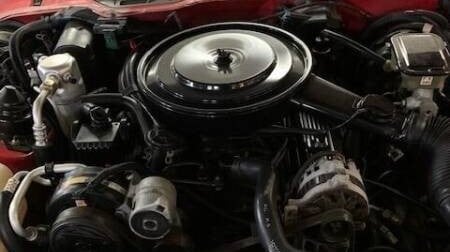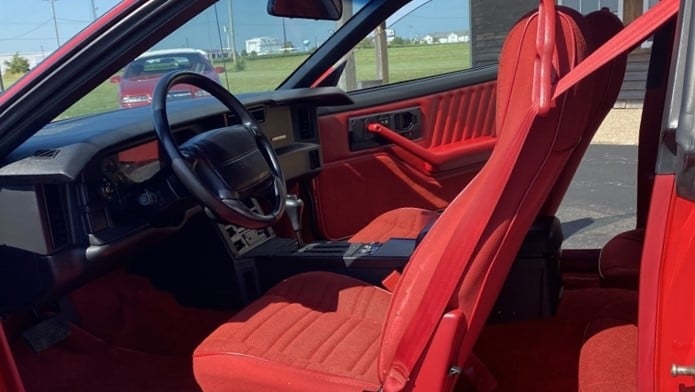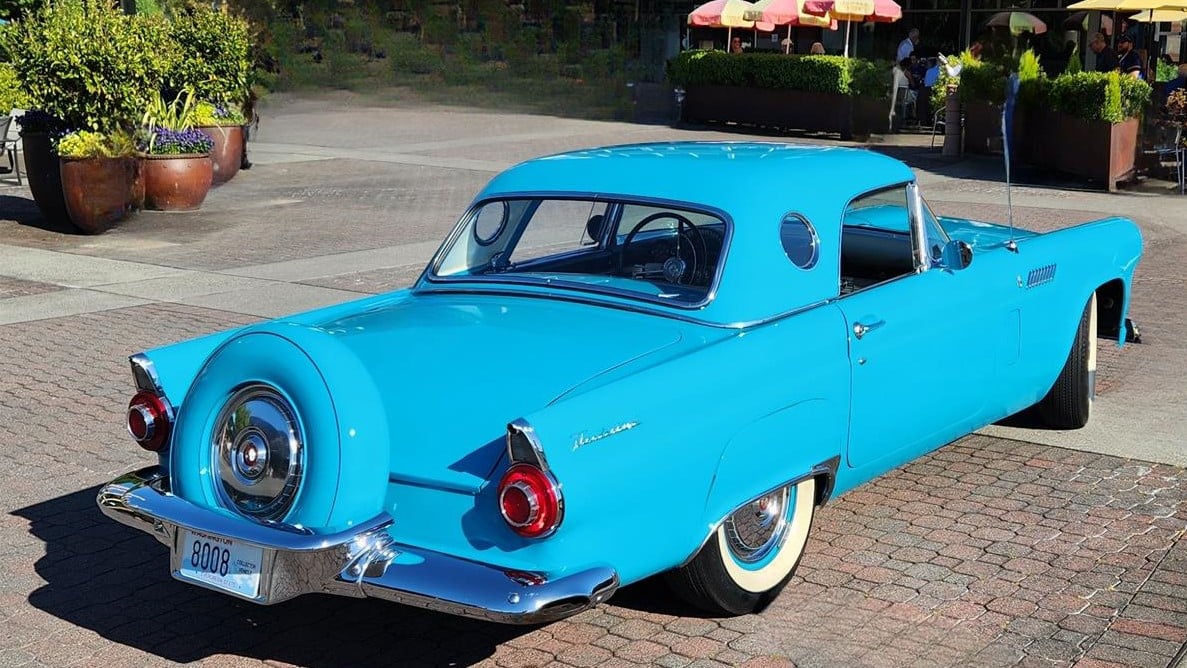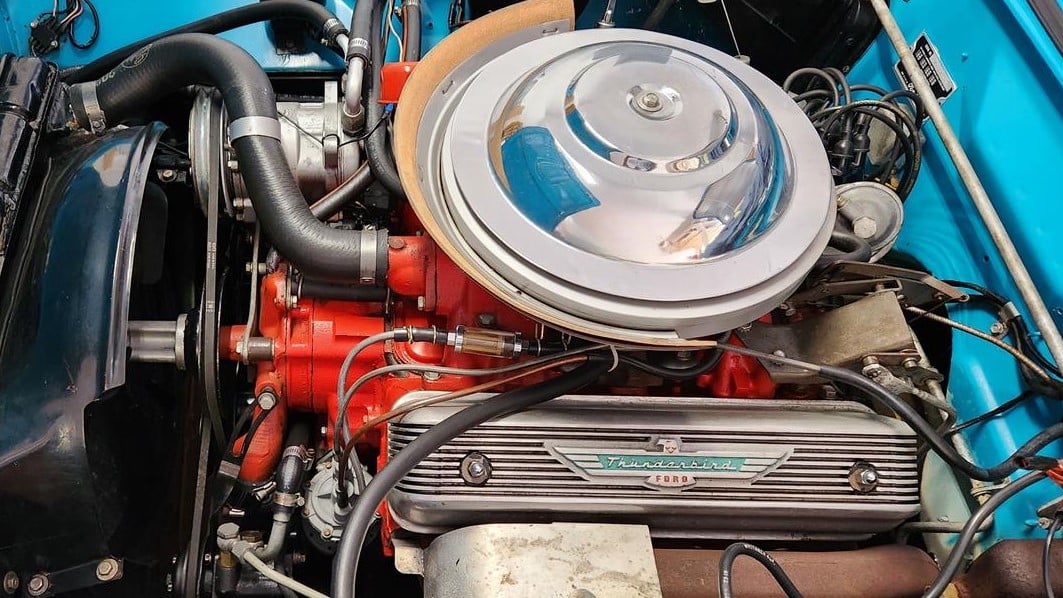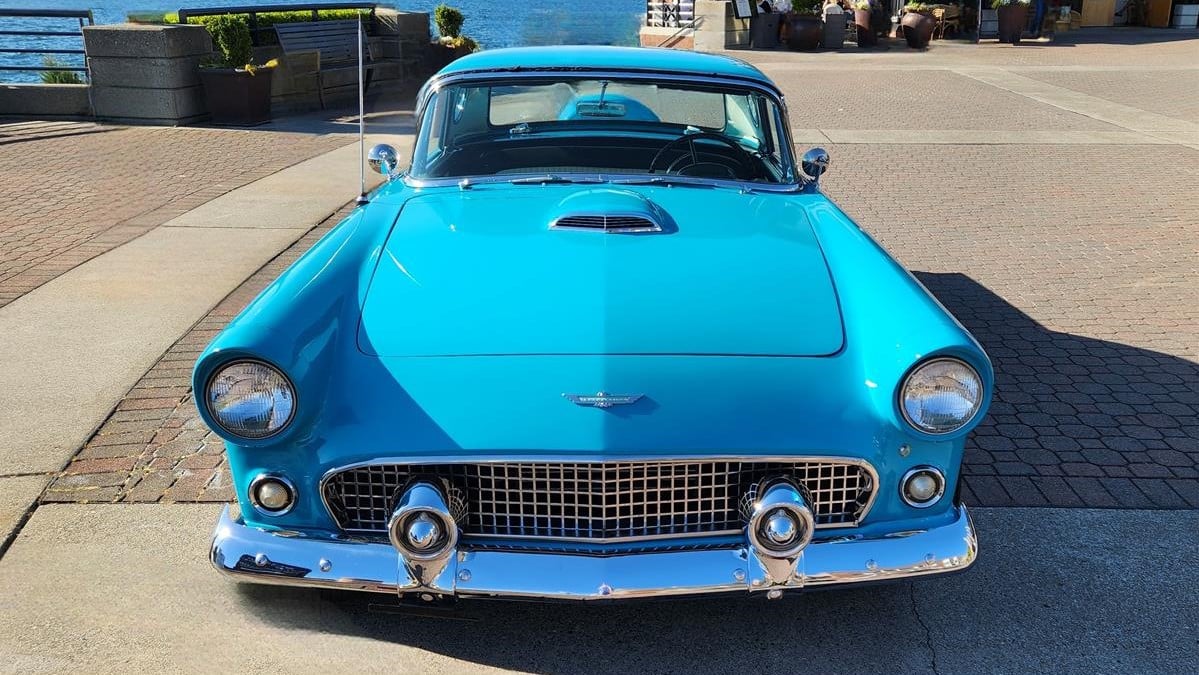In this article, we address the features and characteristics that contribute to the design and construction of a quality jump starter. These factors are typically what separates a lasting, powerful unit from one that is likely to result in disappointment. When it comes to jump starter design and construction, many things have changed in the last ten years, but – spoiler alert – much remains the same.
Many More Options
The first thing to note, when it comes to jump starters, is that the product category has expanded massively in the last twelve years, with far more types of jump starters available today than existed in 2010. We can essentially group today’s jump starter market based on the power source deployed, with three primary power sources – lead acid, lithium and ultracapacitor. Lead acid jump starters have the longest history and are characterized by their reliability, simplicity and heavier weight. Lithium jump starters have about a ten year history and are characterized by their high power density (power to weight ratio), the complexity of the electronic envelope required to keep them safe and sensitivity to cold temperatures. Ultracapacitor jump starters are the newest kid on the block and are characterized by their exceptional cold weather performance, extremely long service life and relatively high cost. We will address each of these below, identifying what makes them tick and what to look for when considering each.
It Starts with the Power Source
The heart of a jump starter is its power source. As we like to say, you can have a bad jump starter with a good power source, but you can never have a good jump starter with a bad power source. The power source is the most important contributor to jump starter performance. It impacts everything from the jump starter’s maximum power output, the number of jumps that can be performed per charge, its ability to withstand abuse and the overall service life of the unit. Its importance can’t be overstated, and even though there are more options than there were 10 years ago, its crucial nature remains unchanged.
Sealed Lead Acid (SLA) Jump Starters – This type of jump starter uses an AGM battery. This is a mature technology, with over 30 years of performance history, but as is typical of most things in life, not all AGM batteries are created equal. The honest truth is that, historically, many lead acid jump starters used AGM batteries redeployed from different industries, such as telecom. This was a classic square peg in a round hole situation, resulting in poor performance, early unit failure and low customer satisfaction.
![ES5000 Booster Pack]()
Conversely, our ES Series (Booster PAC) and Clore PROFORMER (Jump-N-Carry) batteries have always been specifically developed to perform vehicle jump starting applications. As a result, they are designed to deliver exceptional power in a quick, concentrated burst. We utilize a high quantity of thin lead plates to increase the total lead plate surface area, which increases the total power of the battery. In addition, our plates contain few impurities, which can sap power and accelerate depletion of the jump starter between charges. Our battery cell construction features enhanced structure to better allow power to flow through the battery quickly and efficiently, enabling more power to be sent to the vehicle without damage to the battery itself. The electrolytic paste in our batteries is a high quality composition that enables more efficient recombination for better discharging (jump starting) and recharging. These enhancements serve a single purpose: deliver the power you need, even in extreme conditions, over and over again.
Where this comes through is in the Cranking Amp ratings referenced for our Booster PAC and Jump-N-Carry models (e.g., JNC660 @ 425 Cranking Amps). A Cranking Amp is an industry defined (BCI) term that means the same thing to everyone and, therefore, should allow a discerning customer the opportunity to properly compare these models from manufacturer to manufacturer. Beware if a unit is not rated in Cranking Amps, it is not a good sign. Peak Amp is a footballed term that could mean literally anything and, as we like to say, “Peak Amps don’t start vehicles.”
![JNC Lithium Starter]()
Lithium Jump Starters – This type of jump starter uses a lithium battery. That’s the first tricky part. There are many different lithium chemistries out there, so a lithium jump starter power source could be composed of any of a wide variety of lithium variants. The term lithium ion doesn’t really say much, nor does lithium polymer. Any lithium jump starter battery could have these terms slapped on them. Just like AGM batteries, not all lithium batteries are created equal. Although they don’t typically reference this rating system, lithium batteries have C ratings that refer to their ability to quickly or slow discharge and recharge. For jump starting, higher C ratings means more jump starting power. This is particularly critical because lithium batteries are more sensitive to cold temperatures than lead acid batteries. As a result, the C rating becomes that much more important, as higher C batteries of equivalent size can deliver high discharge (jump starting) power. This C rating differentiator can also explain why two lithium units rated to the same capacity, say 20000mAh, could have very different starting capabilities.
In addition to C rating, battery construction plays a key part in unit performance and longevity, just as with lead acid batteries. Jump-N-Carry lithium batteries, like our Clore PROFORMER lead acid batteries, are specifically designed to meet the needs of the jump starting application. They feature high grade paste, robust grid structure and advanced intercell welding to not only achieve high C ratings, but also to enable them to deliver long service life despite the harsh nature of the professional jump starting duty cycle.
Similar to the monkey business seen with Peak Amp ratings for lead acid jump starters, beware of some of the ratings you see attached to lithium jump starters. They are usually undefined and have an undefined level of usefulness for someone seeking to understand them. The reality is that there is no industry standard power ating for this category. Cranking Amps don’t apply, because the Battery Management System (BMS) in most lithium jump starters will not allow them to crank for 30 seconds, which is the basis of the Cranking Amp rating. At Clore Automotive, for any jump starter that cannot be rated in Cranking Amps, we use a Start Assist Amp rating, which is the unit’s current delivery (in amps) for 5 second at 32˚F. You should be looking for this type of defined rating (how long and at what temperature) to allow you to accurately compare competing products.
![JNC 8550]()
Ultracapacitor Jump Starters – This type of jump starter uses a set of ultracapacitors (caps). The ultracapacitors are arranged in a way that provides a sufficient level of voltage and current for jump starting, like the cells of a lead acid or lithium battery. Ultracapacitors are capable of providing a very quick burst of power, making them an ideal power source for the jump starting task. Like lead acid batteries and lithium cells, ultracapacitors come in many different grades and levels of robustness, making it important that the caps chosen for jump starters are properly suited to the task that they are being asked to perform.
The caps used in our Jump-N-Carry ultracapacitor driven units feature industrial grade components and a robust construction (they boast a lifecycle of 10,000 recharges), giving them the potential for a very long service life. In addition, the caps used in our JNC units are rated to provide the same power output in almost any temperature, whether you are jump starting in warm temps (70˚F) or very cold temperatures (-20˚F). For users operating in places where it can get very cold, this is a big advantage over even lead acid driven units, which see a degradation of power as the mercury drops. The advantage is even greater over lithium driven units, which are much more sensitive to cold temperatures.
One major disadvantage of cap driven units is that ultracapacitors do not provide a very durable store of power. If you charge the caps, they likely will be fully self-discharged within two weeks. With JNC units, we get around this by pairing the caps with a small lithium cell that has sufficient energy to charge the caps multiple times. This way, if you need to charge the caps on the go, you have the power within the unit to do so.
The Importance of the Power Path
![Battery Clamps]()
The next most critical aspect of a jump starter, after the quality of the power source itself, is the design and specification of the components that sit between the power source and the disabled vehicle, which we refer to as the power path components. It does us (and the user) no good if great effort is taken to create a robust and powerful power source, but corners are cut when it comes to components such as the output cables and clamps.
Output cables must be sufficiently conductive to deliver the battery’s energy without introducing excessive resistance, which would result in a voltage drop, diminishing the jump starter’s capacity to start the vehicle. The more powerful the power source, the greater the requirement on the output cables. Booster PAC and Jump-N-Carry output cables are specifically mated to each power source to ensure optimal results. They are extremely conductive, flexible in cold temperatures and resistant to vehicle fluids and chemicals.
Like the output cables, battery clamps must facilitate an efficient transfer of power from the jump starter to the vehicle. This comes down to two factors: their conductive capability and their ability to create a proper physical connection to the vehicle, be that a battery post (positive cable) or the vehicle chassis (negative cable). Booster PAC and Jump-N-Carry jump starters feature industrial grade clamps with high tension springs to penetrate battery corrosion. Many units feature our Hot JawTM clamps, which are wired on both sides of the clamp jaw for maximum power transmission to the vehicle. Some models feature our PowerJawTM clamps, which kick the rated carrying capacity even higher, making them suitable for the most demanding tasks.
Recharge Convenience
![JNC660]()
Another critical aspect of jump starter design involves the process of recharging your jump starter. How can this be done? When should it be done? How easy is it to accomplish this task? All of these issues are related and can impact the longevity of your jump starter. Clore Automotive jump starters feature automatic charging, which allows the unit to be connected to an AC power source indefinitely, without concern for overcharging the battery. But it goes father than that. Our lithium units feature numerous charging protections to make charging safer and more efficient. Our ultracapacitor units enable three different charging methods: they can be recharged from a 12V battery through the clamps (even if that battery is dead, as long as it is above 9.5V), they can be directly charged from a 12V power port in a vehicle using an included adapter, and they feature an onboard lithium battery for recharging the caps on the go, as noted above.
Designed for Jump Starting
![Tow driver with JNC pack]()
It sounds redundant, but at Clore Automotive, our jump starters are designed for jump starting. There are competitive products around that perform more functions, whether they incorporate lights, radios, power inverters or other ancillary features. Our focus is on repeatable, reliable, lasting power. Thousands of discussions and interviews with professional technicians, tool dealers, counter staff and others have boiled down to one common theme: give me the power I need to get the job done! So, we have invested most in those aspects of jump starter design and construction that support extreme power delivery, as noted above. When it absolutely has to start, you can rest assured that your Booster PAC or Jump-N-Carry jump starter has what it takes to power you through.

